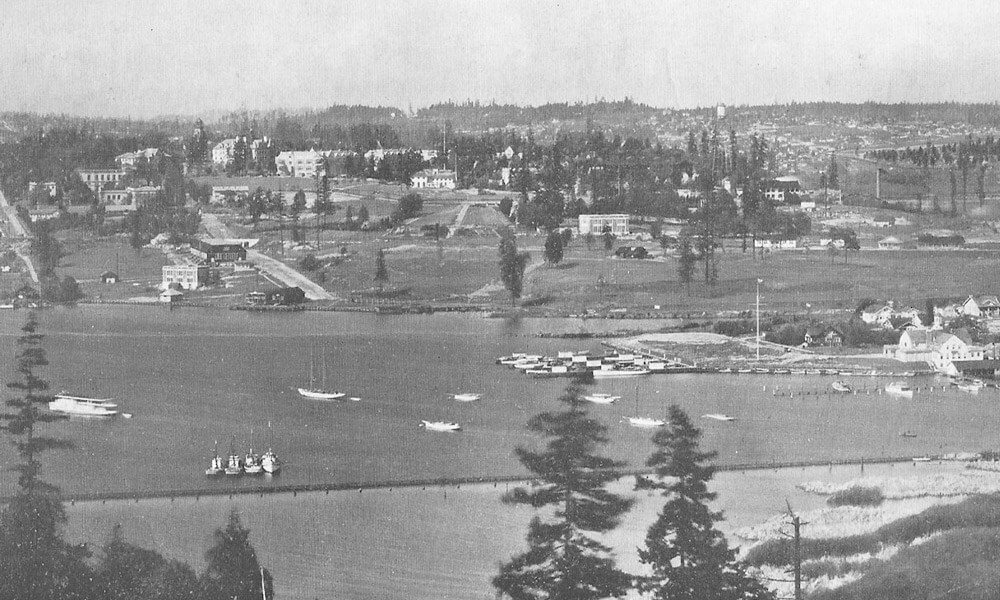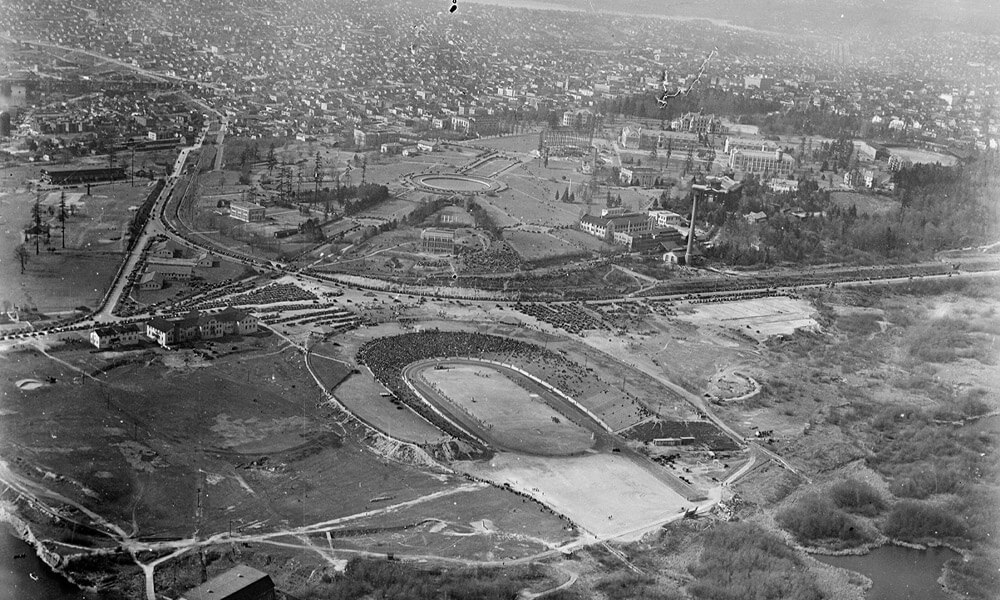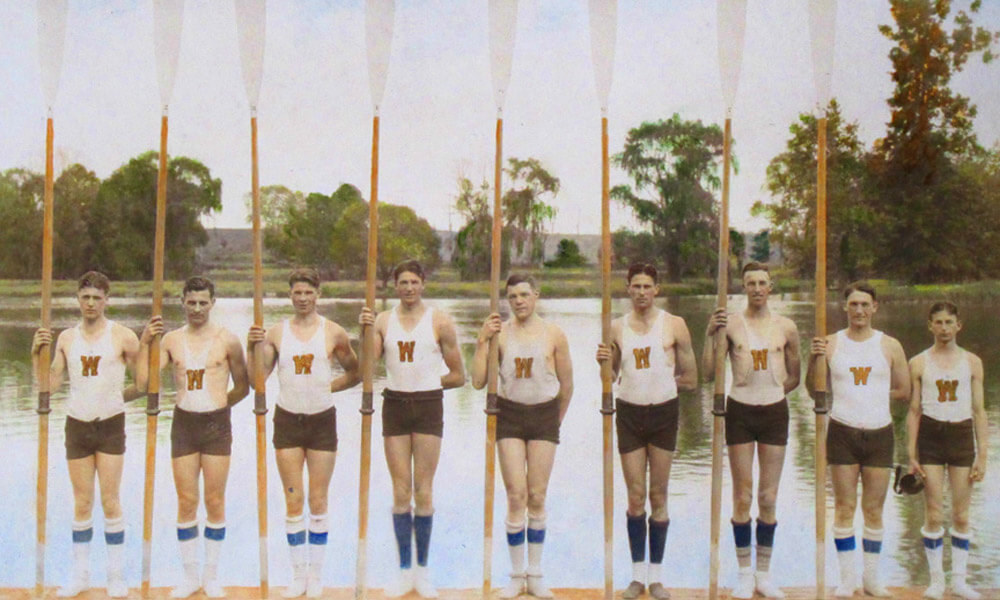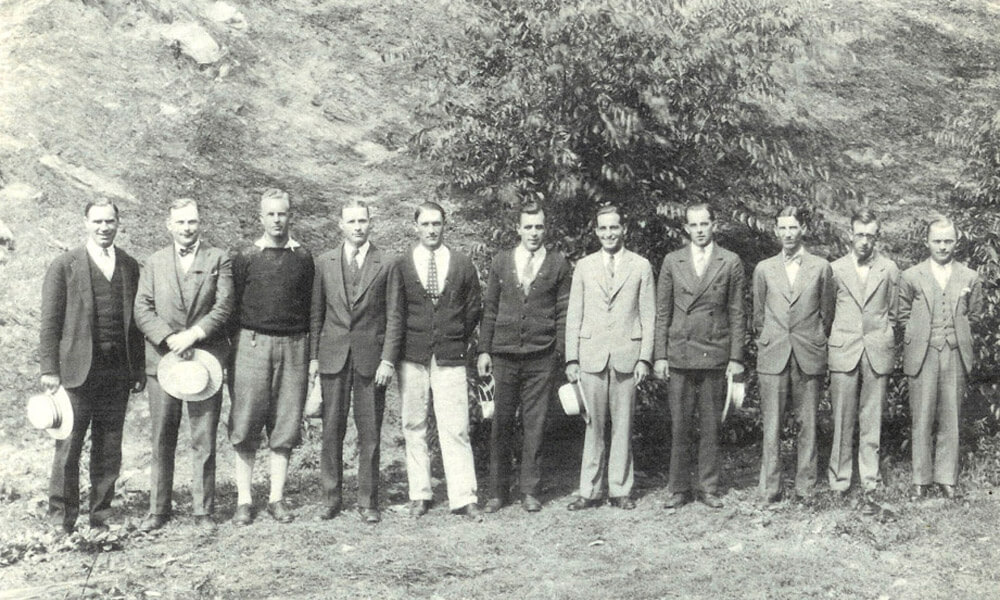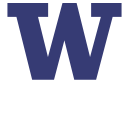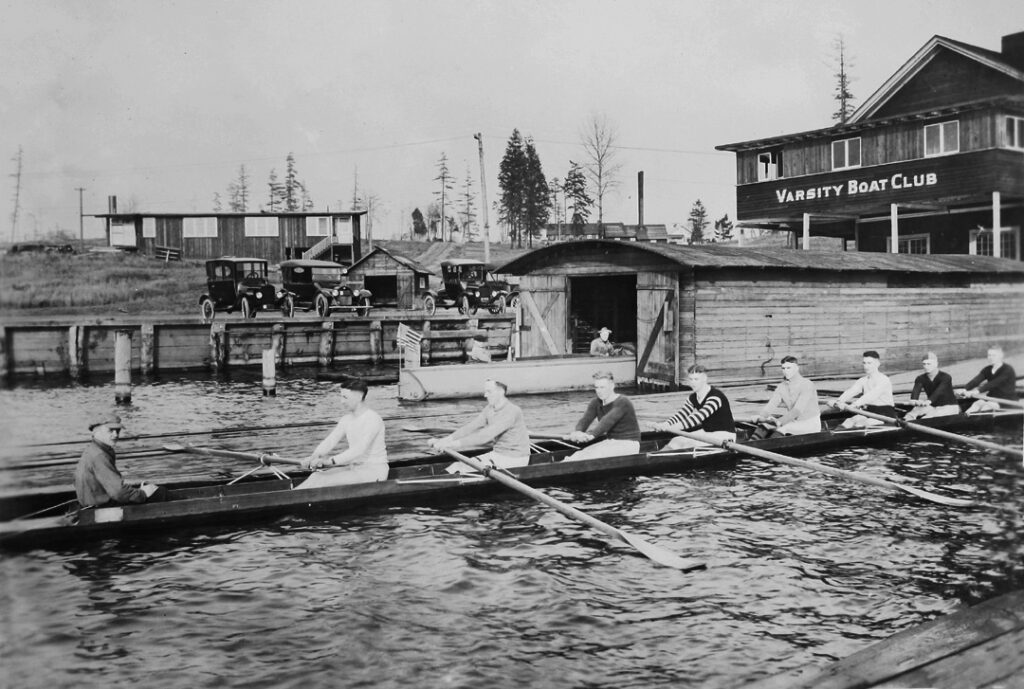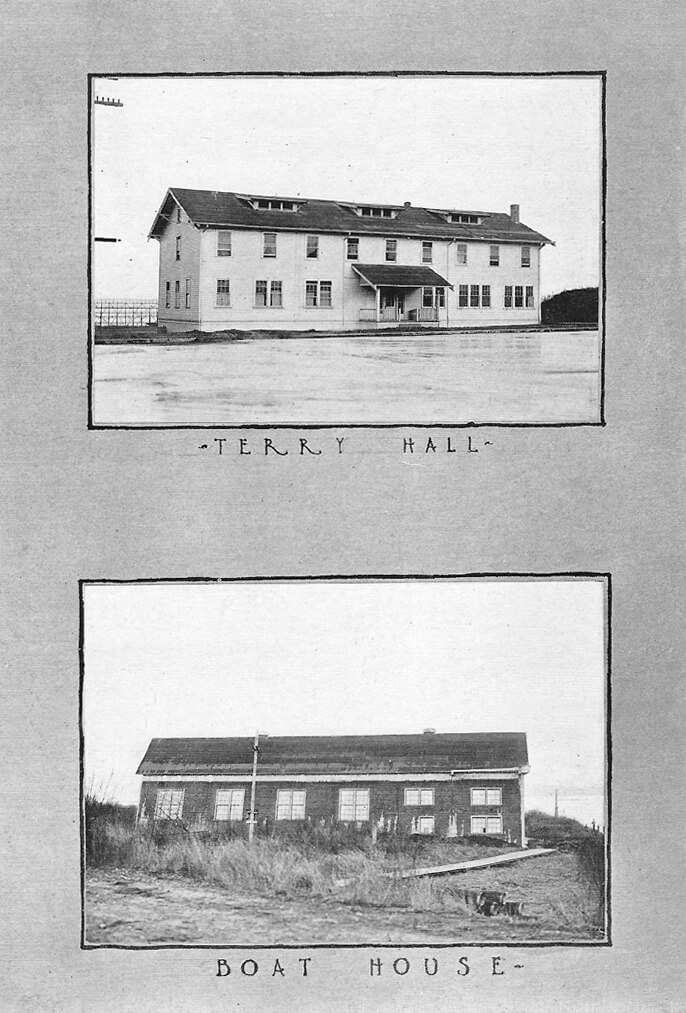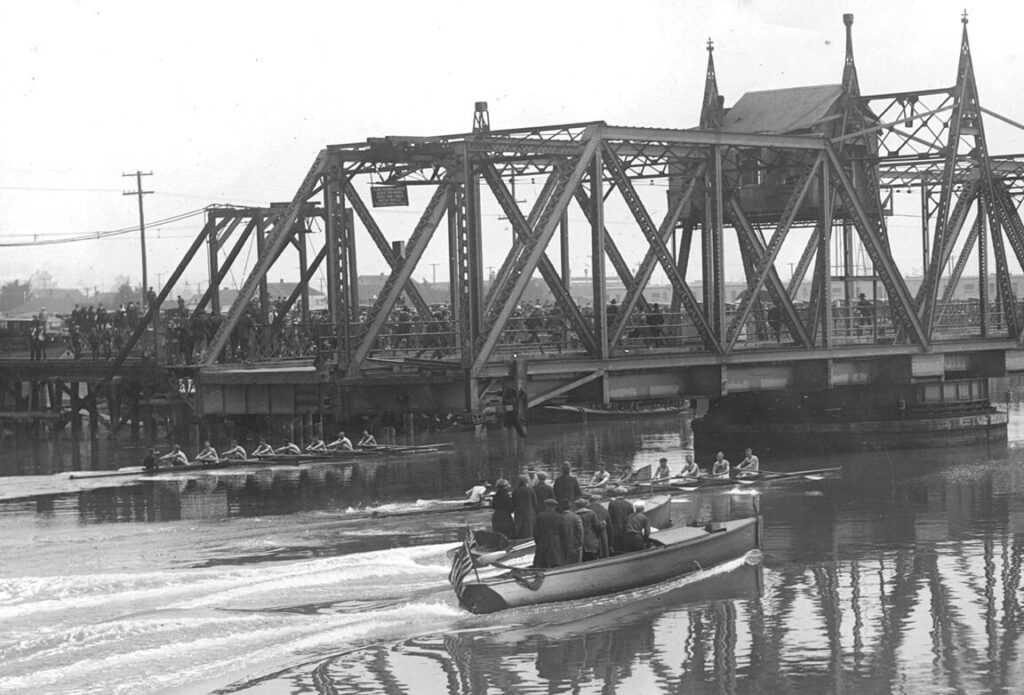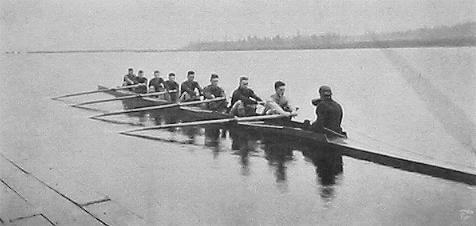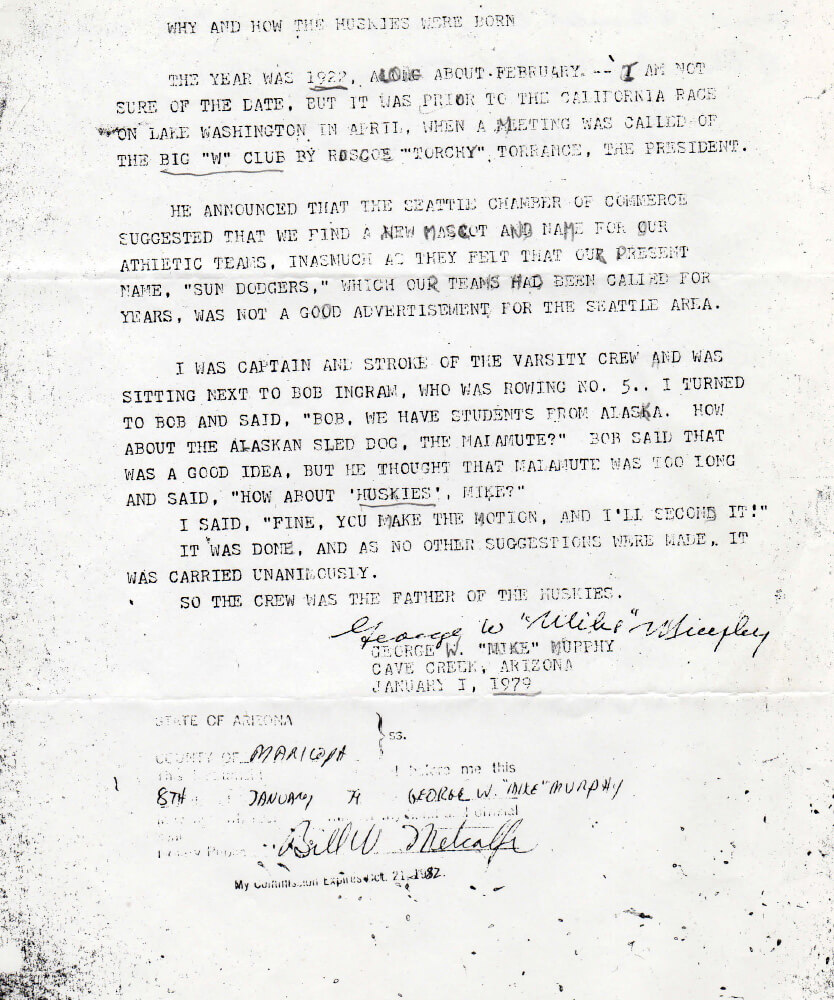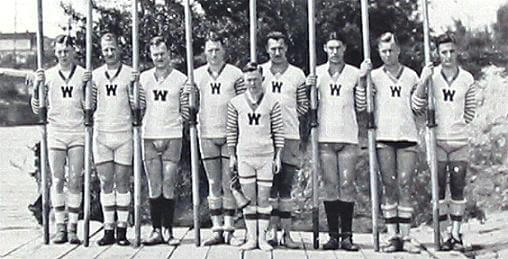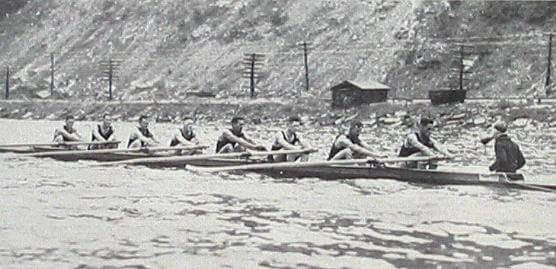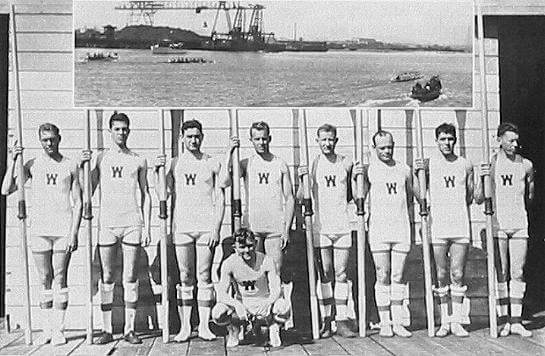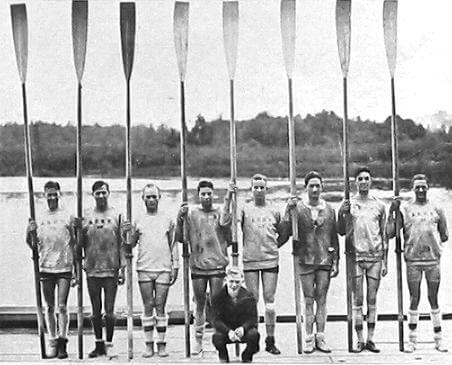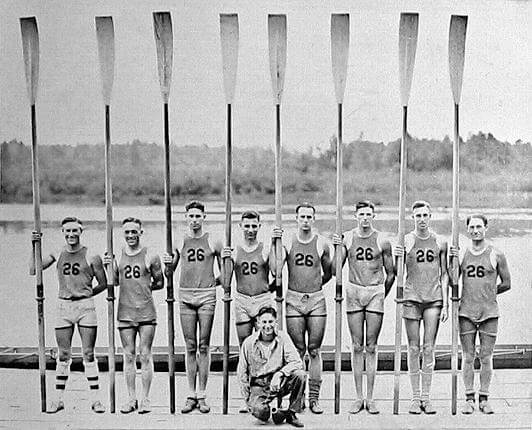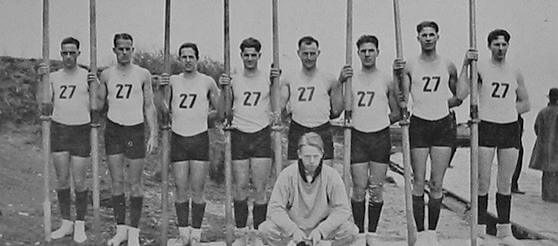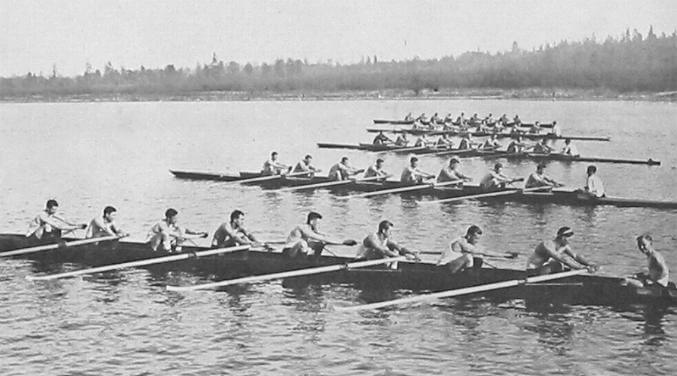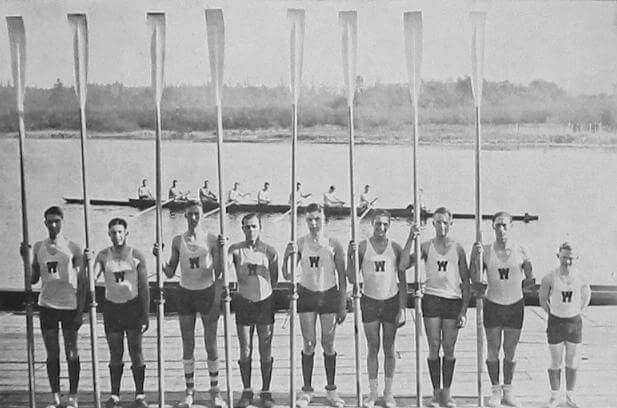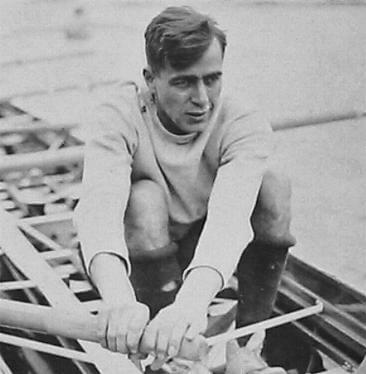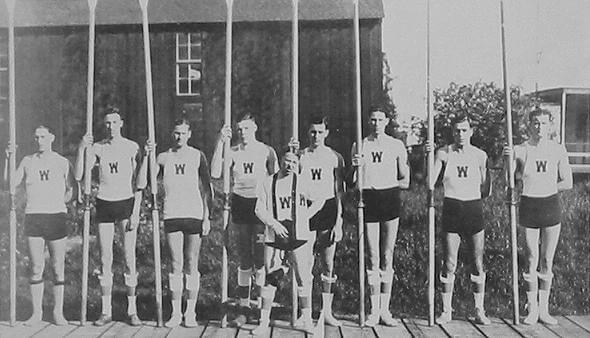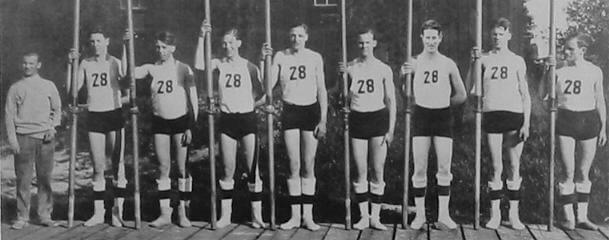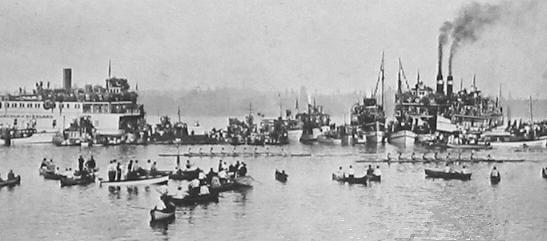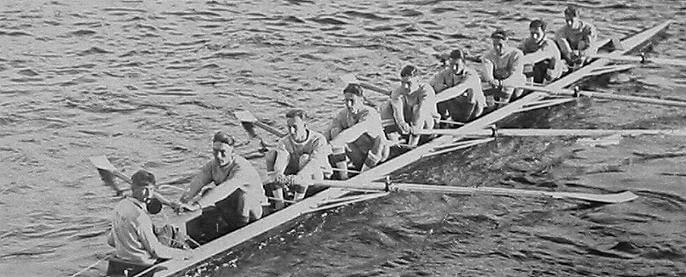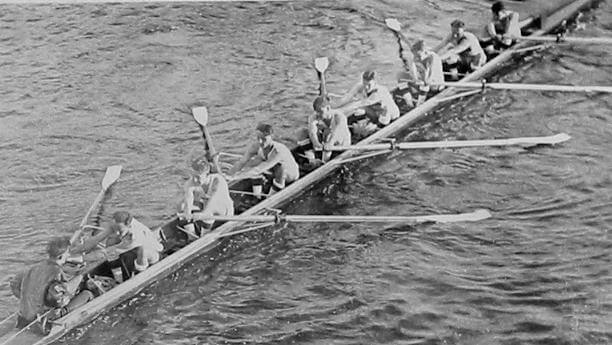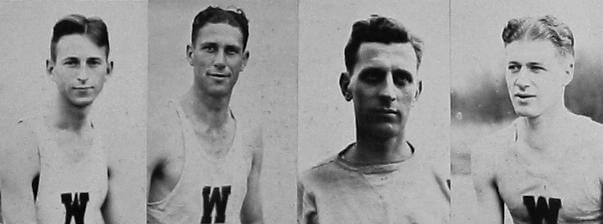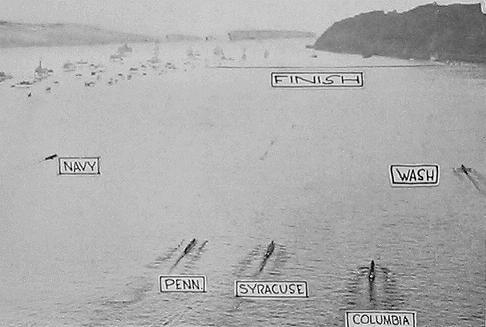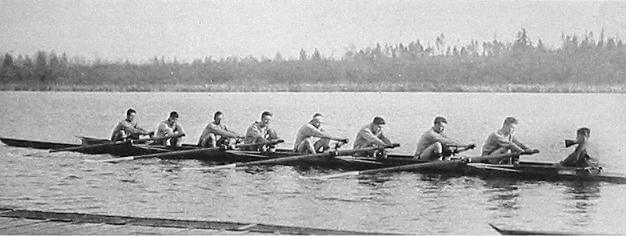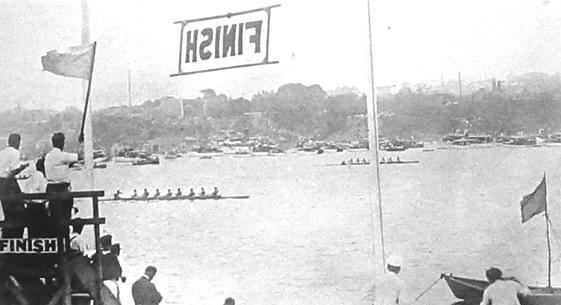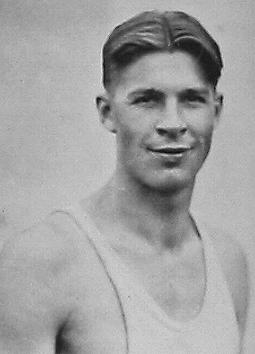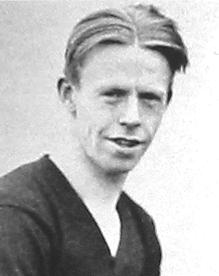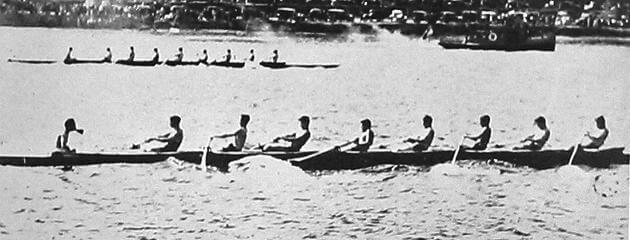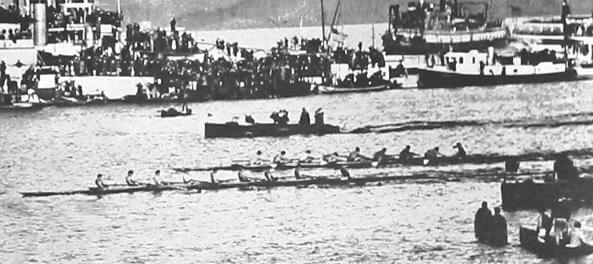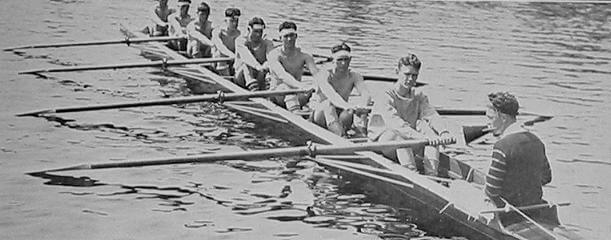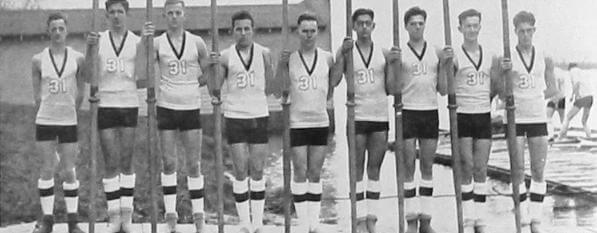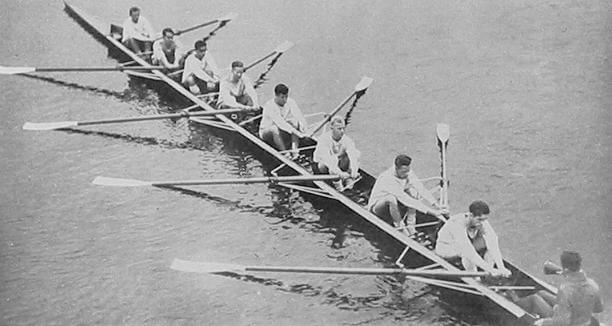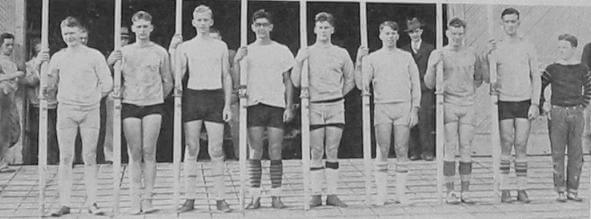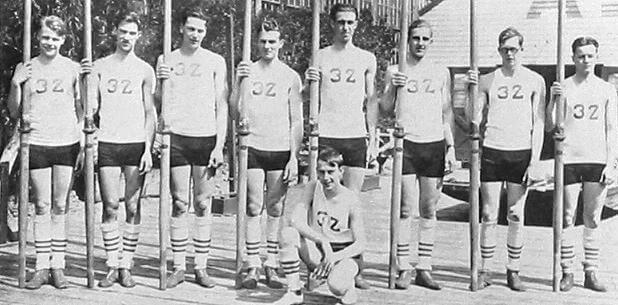After reveling in the glory of 1926, Callow at some point knew he had to face the monumental reality of the year’s graduation, and what it would mean for 1927; the coach would need replacements in his varsity shell for Al Ulbrickson, “Stork” Sanford, Hal Condon (fifth year senior), Homer Kerns, Jim Mathews, and Art Wuthenow. The graduating class of ’26, based on their achievements in rowing both at Washington and later in their lives, would be considered today one of the finest ever produced at the university.
The one consolation Callow could take was the hiring of Al Ulbrickson to replace Henry John Dutton as freshman coach. Dutton, who in his one year coached an impressive frosh team, left to pursue a business career and the spot was quickly claimed by Ulbrickson.
So the crew left for the Estuary with more questions than answers. Callow was unimpressed with his varsity and said so; he also said of California “This Year’s California varsity crew is probably the finest piece of rowing machinery ever turned out by the Berkeley institution. They outweigh Washington by some eight pounds per man and average more than an inch taller.” (1) Since Callow was known for his pre-race understatements (of his crew) and/or overstatements (of his competitors), none of this was taken to mean much.
But once in California it got even more complicated. Jim Hart, one of the few mainstays in the varsity (and a holdover from the class of ’26), came down with the flu and chicken pox and ended up in the hospital, where Callow ordered a radio placed in his room so he could listen to the races. Ellis MacDonald, stroke of the JV squad, was moved into Hart’s place.
On race day, April 9th, things started off well, with Ulbrickson’s freshmen pulling to a half length victory over a strong California team. The JV’s were next, but in a neck and neck race down the course were unable to overcome the shake-up of their boat and, in the end the Bears, who won by about a half length.
Callow’s luck would get worse. Midway through the varsity race, the Alumnus, following the race and carrying coaches Callow and Ulbrickson, was hit broadside by a packed motor yacht, tossing Joe Adams, Husky Manager, into the water, movie camera and all. The Washington coaches were thrown into the bow, and the launch suffered major damage to the hull just above the water line. Luckily no one was seriously hurt, as off in the distance the crews continued on, the Alumnus limping to shore. The varsity never could get their race together, and who knows what the sight of seeing their coach mauled did to their collective psyche, but they fell three lengths behind the Bears and lost the duel for the first time since 1921 – and for the first time under Callow. Returning to Seattle, there were 1,500 fans awaiting the team, but the disappointed Varsity and JV men had slipped away when the ship docked in the middle of the night, leaving only the freshmen to be greeted by the throng, and leading to a subsequent headline in the paper that read “Crews Vanish Before Rally” (1).
Even with these circumstances and the defeat, the team raised the necessary funds to go east. Ky Ebright would take his varsity and junior varsity to Poughkeepsie as well, thus setting up a rematch on the Hudson. Callow began to settle his crew down, firm the line-ups, and the crew made an uneventful trip back east.
In the IRA junior varsity event, the Huskies were quick off the line and raced closely with Columbia throughout the three mile course. California dropped behind the leaders, and at two and a half miles the Huskies sprinted past Columbia and won the Kennedy Cup for the third straight year, handily defeating a Cal team that had defeated them earlier and knocking almost a half minute off their time of the previous year.
In the varsity event, Washington was fifth in the first mile, with California leading. Halfway through it was still California, with Columbia and Washington beginning to move. At three miles both advancing crews were steadily increasing their stroke rates, and California was fading. In the last half mile, Columbia and Washington sprinted for the finish leaving California behind, but the slow start had taken a toll, and Columbia slipped by the Huskies to win by a length.
After such a miserable start to the year the team had made a marked improvement to end with a first and second at the IRA, and to avenge the earlier losses to Cal. Although not as triumphant as the previous year, this team had matured remarkably under difficult circumstances, and this season had to be a proud accomplishment for coach Callow.
For years – even since 1923 – there had been rumors that Pennsylvania was making overtures to Callow. In July of 1927, those rumors became fact, and Callow accepted what was reported to be a $12,000 per year offer from the University of Pennsylvania (1). That figure was stunning for the day, and although Washington attempted to counter, there was no matching this offer. In his humble letter of resignation, Callow suggested that Al Ulbrickson replace him. Six weeks later, the University made it official, and Alvin Ulbrickson became the fourth head crew coach at Washington.
The five Callow years – from 1923 to 1927 – brought three national varsity titles and three national JV titles to Washington.
Callow went on to coach for two decades at Pennsylvania, was instrumental in the founding of the “Dad” Vail regatta, and then took the reins at Navy where he coached until his retirement in 1960. His 1952 Navy squad won the gold medal at the Helsinki Olympics.
Comedy break: Here is Buster Keaton in the 1927 silent film “College” in which Keaton’s character becomes a coxswain on the “Clayton” university rowing team. The connection to Washington: the shells used in the film were surplus boats (quite possibly the original shells built by Pocock in 1912) from Washington that Rusty Callow had hoped would be given to Oregon State to jump-start their new rowing program.
“Before leaving for the California regatta of 1927, three minor freshmen crews had raced the University of British Columbia,” said Callow in a 1928 article in the Seattle Daily Times. “A fine thing for the spirit of those growing lads who would otherwise not get outside competition. We had hoped to see Oregon State College rowing and had unofficially promised them two old shells which had been idle in the shellhouse for two years. Upon our return from California, we found that these shells had been sold to the Buster Keaton Company of Hollywood for $100 apiece, to be wrecked in the production of the film. Naturally I felt the University had made a mistake, even if to some it might seem trivial, in disregarding the request of a sister institution to help her start the most amateur of college sports left to us.” Added 8/23, Thank you Lee Corbin.
